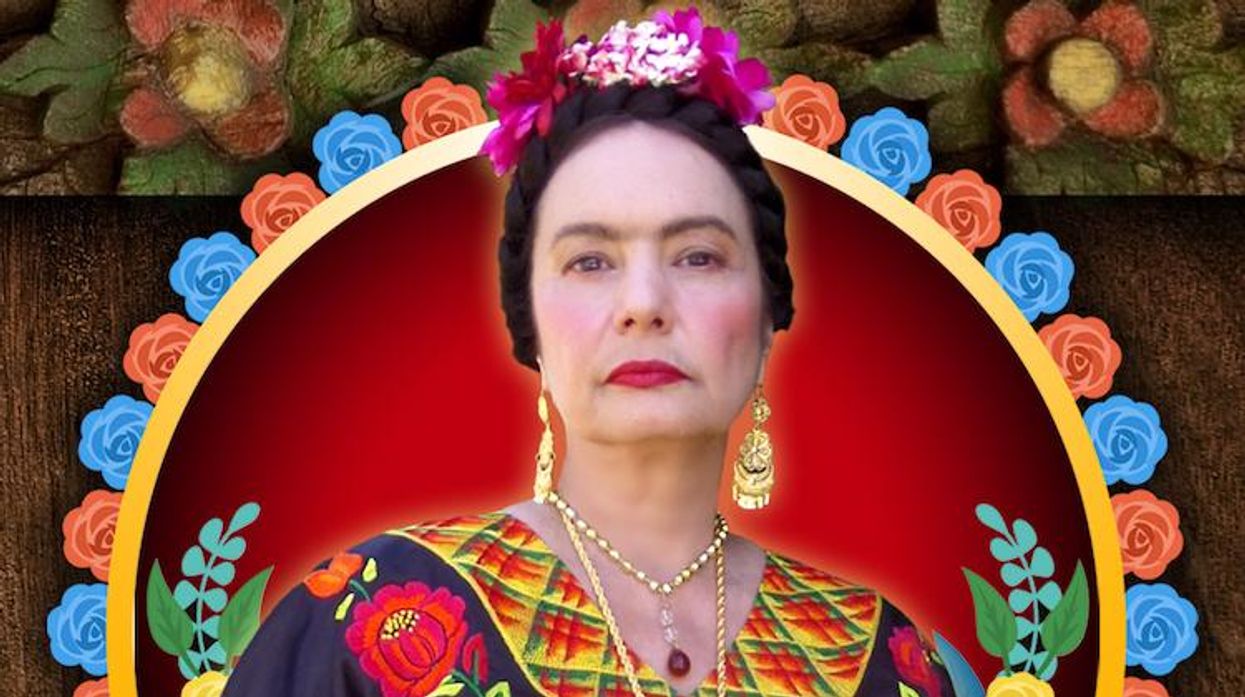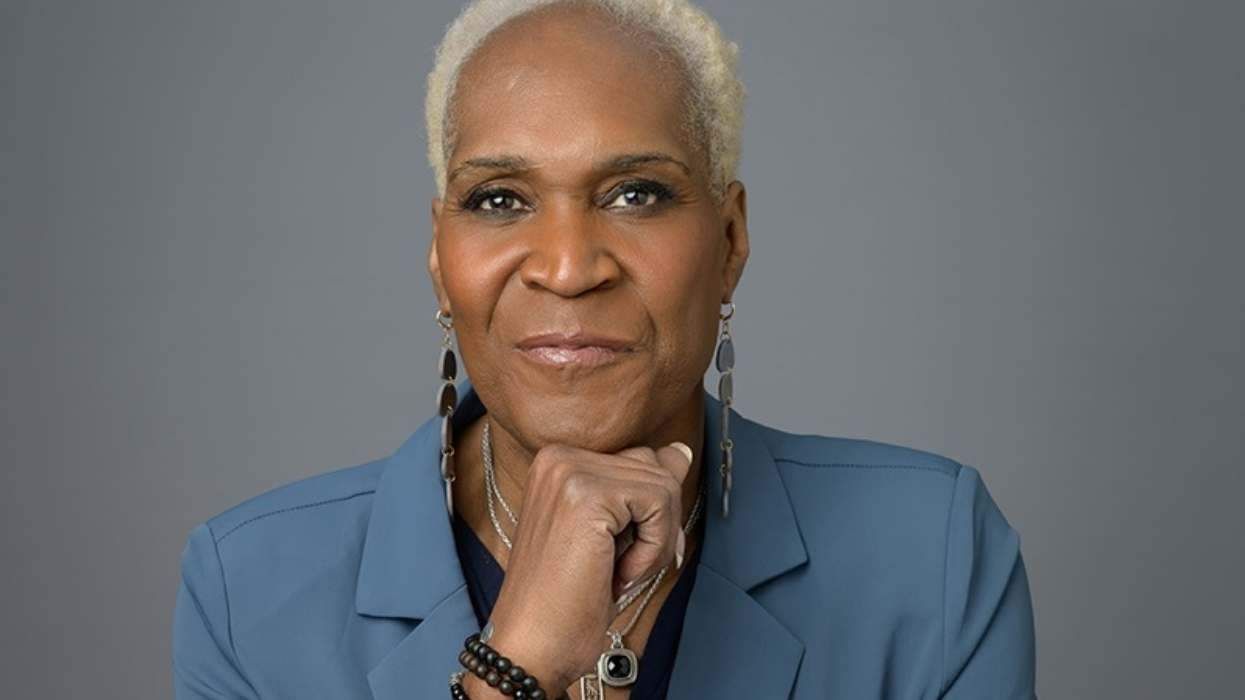In 1954, a few days before her death, Frida Kahlo showed up in her wheelchair to protest against the government of Guatemala and defend the rights of indigenous people.
Frida advocated for equal rights for the poor, the underrepresented, the handicapped, the LGBTQ community, and all women. She did this at a time when she was viewed as an extremist, a communist, a socialist, a fierce feminist, and a revolutionary painter who with her brush depicted the suffering of women.
Never before had a painter and a woman dared to paint female suffering and the abuse women experienced. She cracked open her heart and painted 44 self-portraits without caring what society thought about it.
In fact, she went a step further. She stripped herself of the conventional women's wardrobe and covered her crippled body with the indigenous dresses of the Oaxaca tribe. She used her Tehuana outfits, braided-crown hairdo, and maquillage (makeup) to create a woman full of health and vibrant energy. She was a seducer who claimed, "The only reason I go on living is to paint and to love."
While women plucked their eyebrows thin and wore pencil-tight dresses, Frida accentuated her bushy eyebrows and visible mustache, and flaunted her wide, flowing embroidered skirts and huipiles (blouses). This enabled her to have both masculine and feminine beauty.
After she died, she was forgotten but then the Chicano/a movement of the 1970s choose her as their image to represent them. Kahlo's popularity has surged in recent years and is no doubt associated with the global resurgence in feminist ideas and the need under the Trump administration to stand up equal rights and to give minorities a voice. A true modern-day Joan of Arc, she became a world icon by defying protocol and breaking conventional gender boundaries in a chauvinistic, male-dominated society.
Since the beginning of my career, I have made it my mission to tell authentic queer female stories for the female gaze with a feminist point of view. What initiated the spark of passion in me to write about Frida Kahlo was because as a lesbian Latinx I relate to her courage and fearless determination to stand up to injustice and to be the voice of the voiceless through her art and political activities. And above it all, it was the fact that no one had dared to explore the last week of her life.
I wanted to show a part of Frida that no one knows about -- her physical, emotional and mental state of mind the week before she died. I explored her pain, fears, and lovers, her fervor for Diego Rivera and her paintings. But most of all I revealed the cover-up behind her death. Did Frida Kahlo die of a "pulmonary embolism," as her death certificate claims? We will never know for certain because no autopsy was allowed and she was quickly cremated.
Kahlo was born July 6, 1907, and died July 13, 1954, in the same house where she was born, grew up, experienced extreme pain, and married the famous muralist Diego Rivera.
My play Frida: Stroke of Passion also deals with the bisexual affairs of Frida Kahlo and a long list of famous female lovers, such as mariachi singer Chavela Vargas, Mexican film star Maria Felix, cabaret dancer and singer Josephine Baker, photographer and model Tina Modotti, and her last lover, Teresa Proenza, a Cuban spy. Even though Frida had many affairs with men, including Leon Trotsky, Nicholas Murray, and Jose Bartolli, her affairs with women were always pushed under the carpet.
She defied destiny with her paintings like The Broken Column, The Little Deer, and What the Water Gave Me. She said, "I never knew I was a surrealist until Andre Breton came to Mexico and told me I was. The only thing I know is that I never painted dreams I painted my own reality." She was fearless and never gave up hope, as expressed in paintings such as Tree of Hope, Keep Firm, until her leg was amputated from the knee down in 1953 and her suffering intensified and her drinking and painkillers kept her in a continual daze between sleep and awakening.
She was unable to paint as before, and even though she attempted to finish her last commission, My Face Surrounded by a Sunflower, she was not able to hold her paintbrush steady enough or long enough to finish it. So she destroyed her own creation, and with it she took her own life. It was I believe a conscious choice on her part because she was 47 and she had suffered enough. "I hope the exit is joyful and I hope never to return," she said.
But Frida's spirit will live on like she had wished in her portraits looking at us with those beautiful feline eyes and voluminous lips, and in her fearless way of loving and living to the max! Frida represents us with her valor, creative talent, and overpowering tolerance to pain.
She inspired me to write one of my most passionate plays!
Viva the spirit of Frida Kahlo.
Odalys Nanin is an award-winning playwright, director, producer, actor, and founder and artistic director of Macha Theatre/Films. Macha Theatre's production of her play Frida: Stroke of Passion will be presented February 7-9 and 14-18 at Casa 0101 Theater in Los Angeles. Find tickets and more information here.




































































Charlie Kirk DID say stoning gay people was the 'perfect law' — and these other heinous quotes